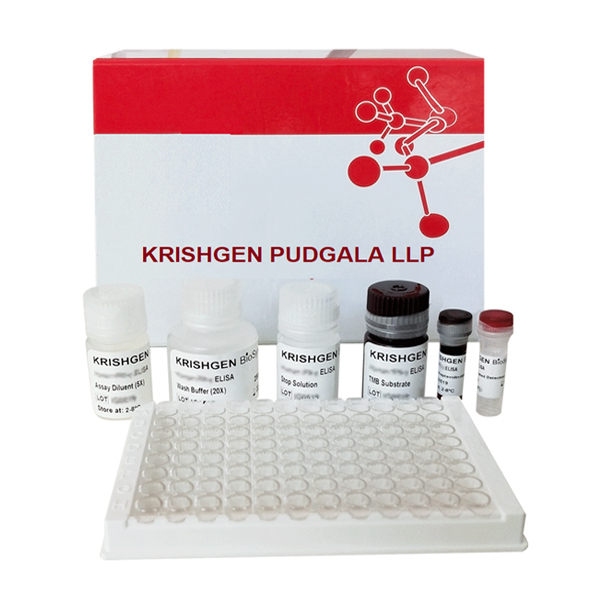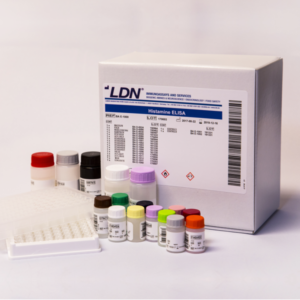Helicobacter pylori (H.pylori) is a gram negative bacterium which is normally found in gastric mucosa. The organism is present in 95-98% of patients with duodenal ulcer and 60-90% of patients with gastric ulcers. Estimation of infection rate by various diagnostic tests including bacteriological, histo-logical and serological tests have revealed that 90% of symptomatic patients are affected and 50% of old age adults (> 50 years) is only colonized by bacteria lifelong without any clinical symptoms. Studies also have been demonstrated that removal of the organism by antimicrobial therapy is correlated with the resolution of symptoms and cure of diseases.
Patients who present clinical symptoms relating to the gastrointestinal tract can be diagnosed for H. pylori infection by two methods:
1) Invasive techniques include biopsy followed by culture or histological examination of biopsy specimen or direct detection of urease activity.
2) Non-invasive techniques include urea breath tests and serological methods. All of the tests performed on biopsy samples are subject to errors related to sampling and interference of bacterial contamination. Helicobacter pylori infection stimulates humoral immune response and provokes specific antibodies like IgG, IgM, and IgA. H. pylori IgM ELISA test is an accurate and simple technique to determine early stages of infection of bacteria and ELISA test is technique of choice for detection of IgM response.


